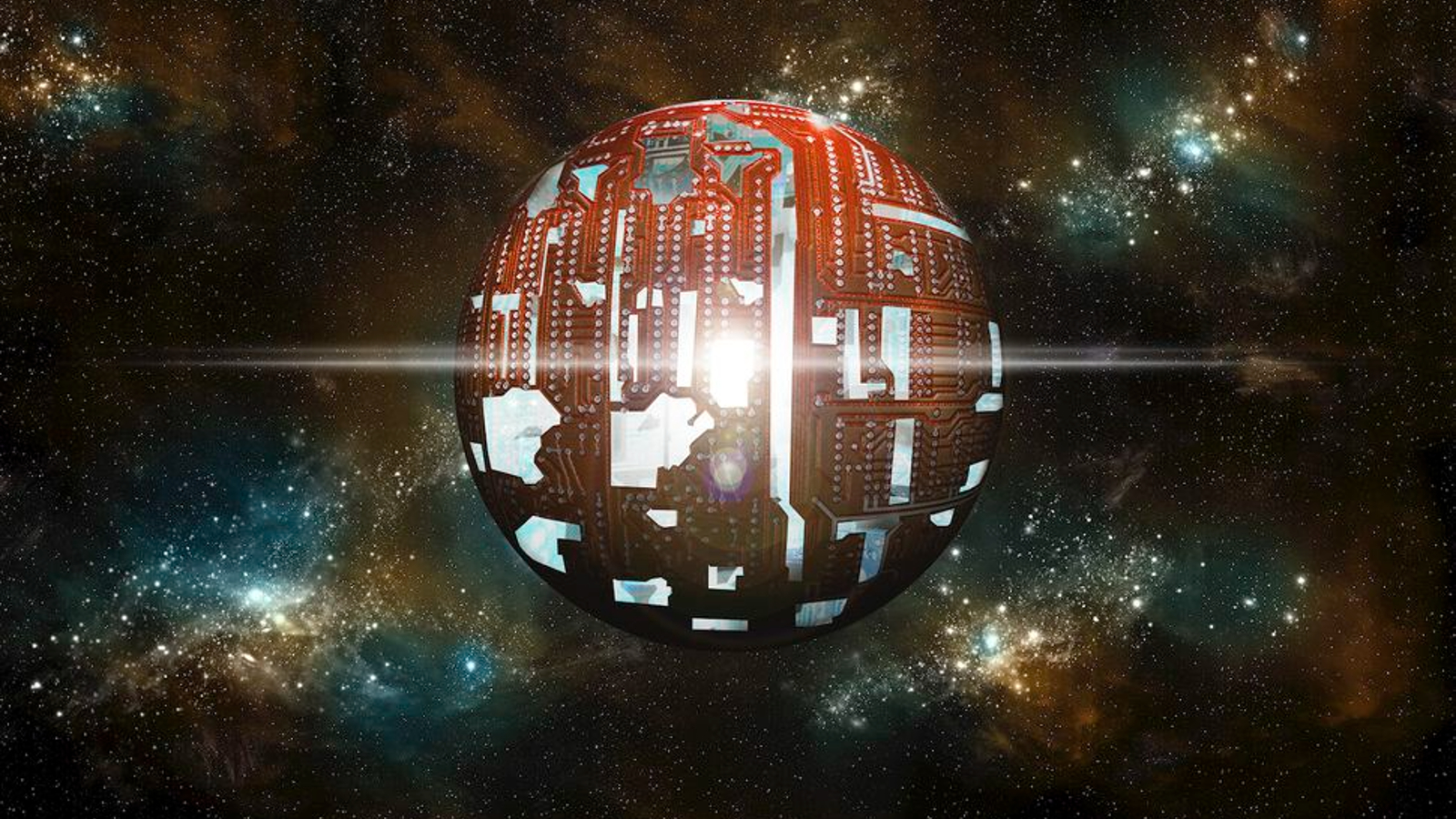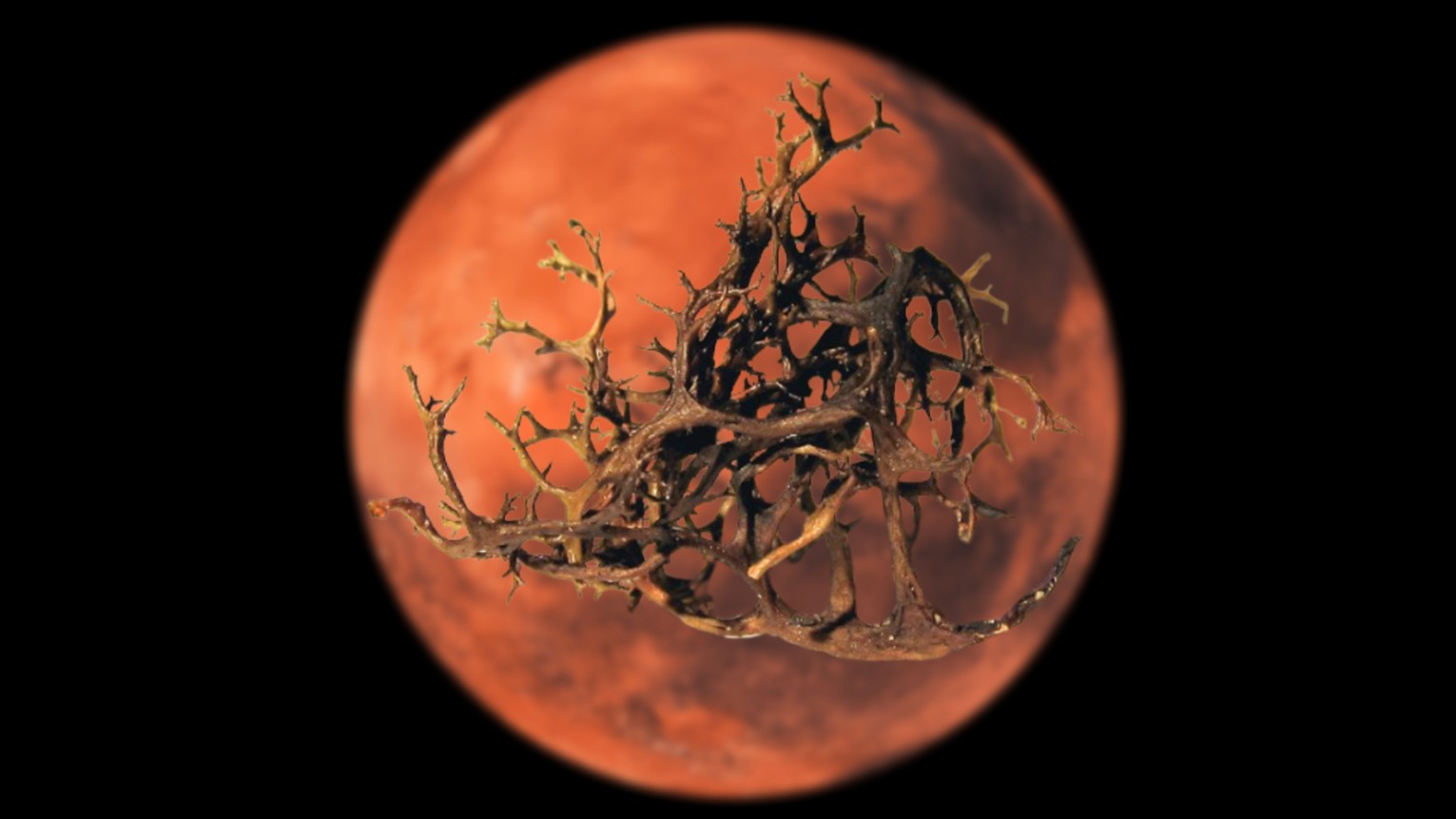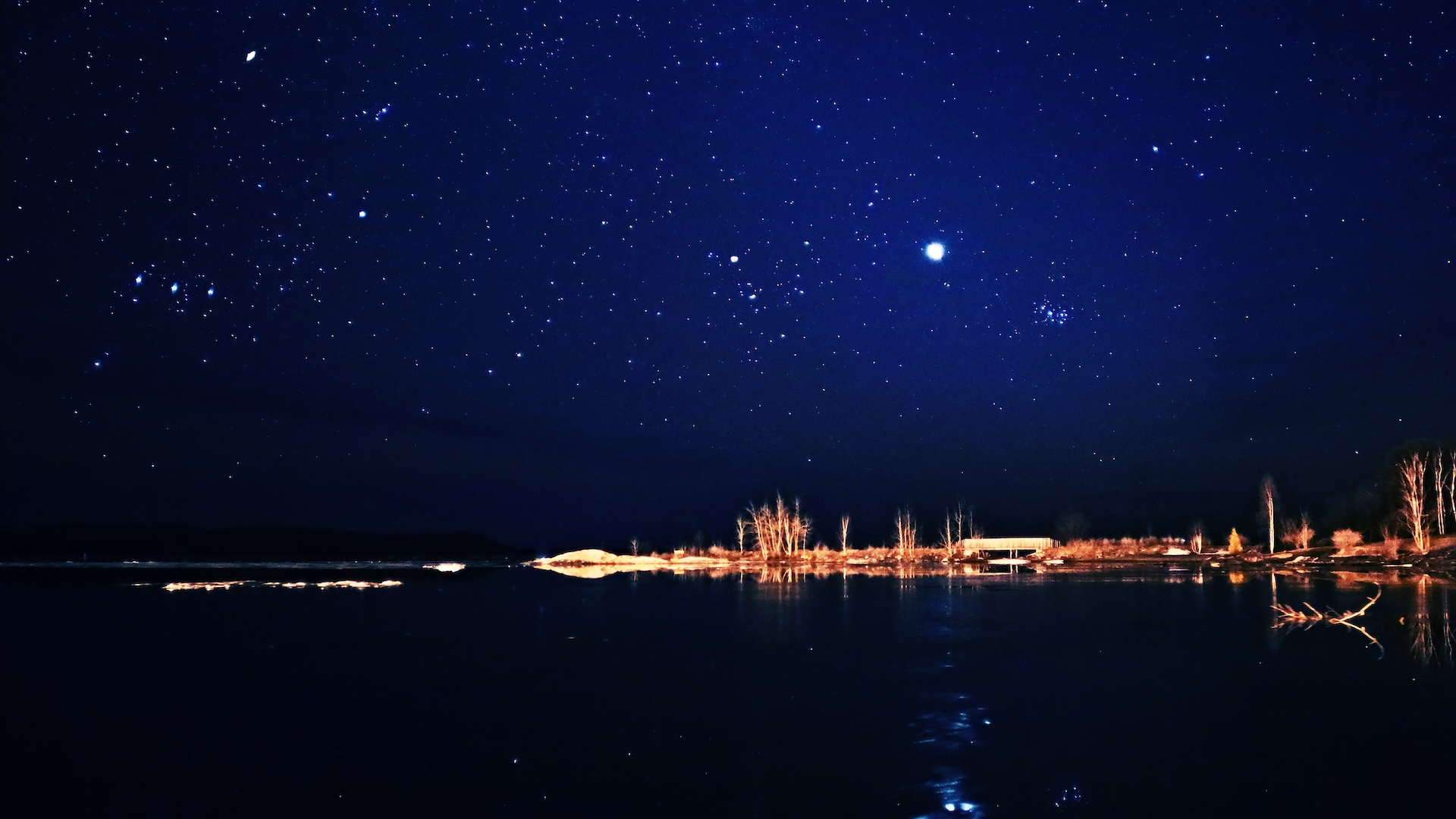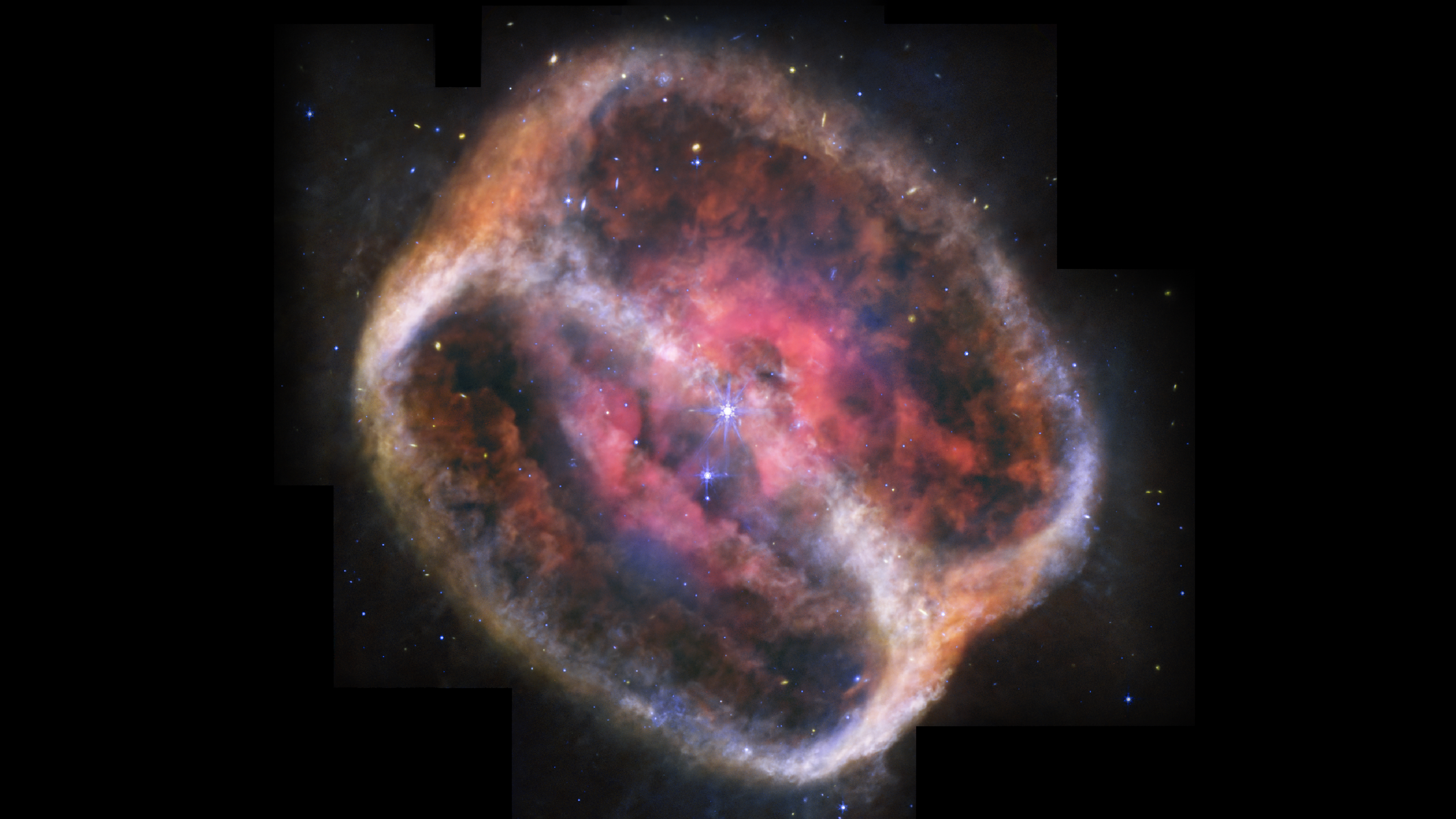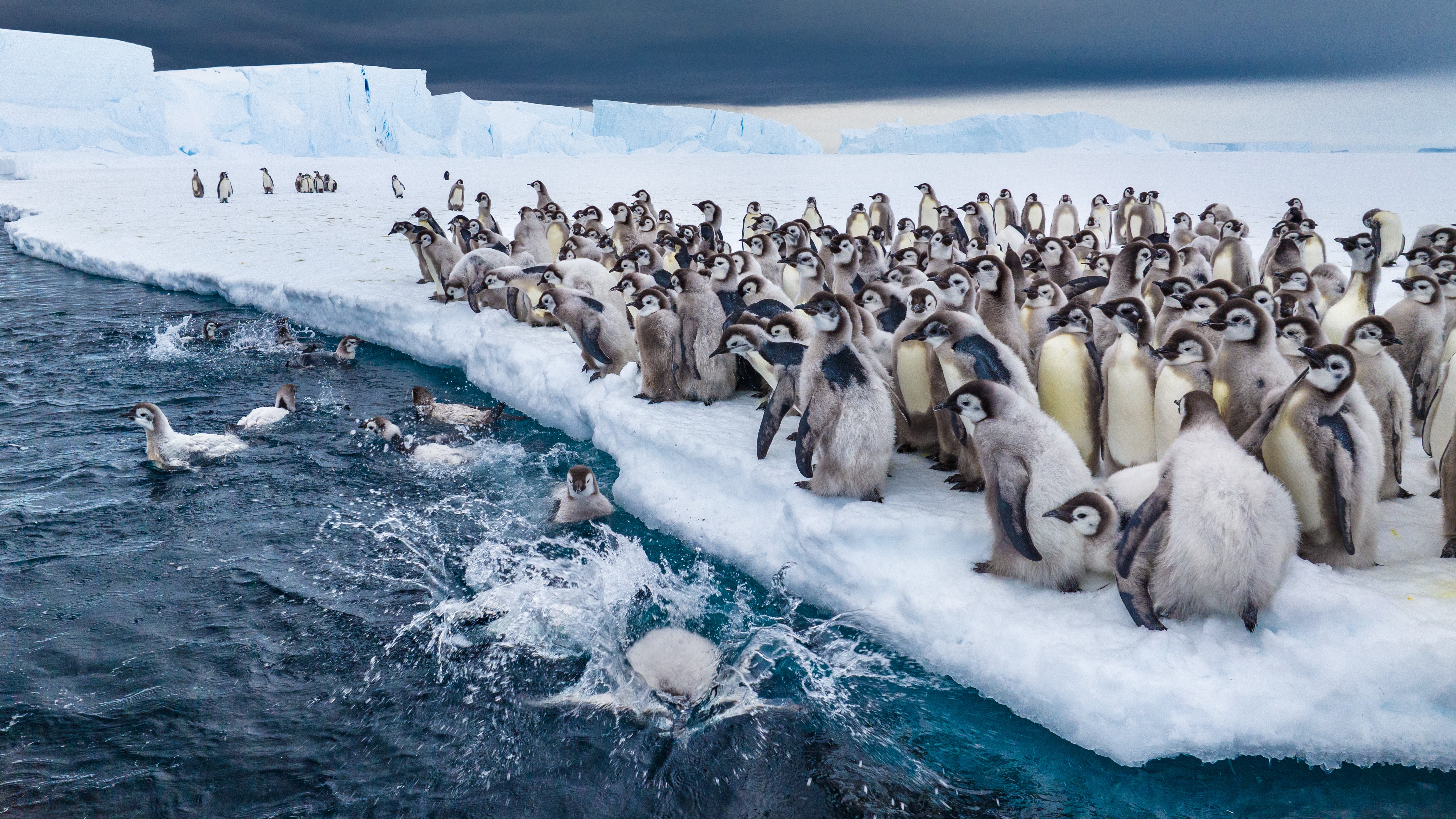Dancing Girl: A pint-size statue from the Indus Valley Civilization with a larger-than-life presence
The statue was created by the Indus Valley Civilization, a Bronze Age culture that once inhabited what is now Pakistan.

Name: Dancing Girl
What it is: An ancient bronze sculpture
Where it is from: Mohenjo-daro, an archaeological site in Pakistan
When it was made: 2500 B.C.
Related: Panathenaic prize amphora: A pot brimming with olive oil awarded at the ancient Greek Olympics
What it tells us about the past:
Despite its small stature, this 4.1-inch-tall (10.5 centimeters) solid-bronze sculpture of a girl speaks volumes about the ancient culture credited with its creation.
Sign up for the Live Science daily newsletter now
Get the world’s most fascinating discoveries delivered straight to your inbox.
Archaeologists discovered the artifact in 1926 while conducting archaeological excavations in a region of Pakistan that was once inhabited by the Indus Valley Civilization, a Bronze Age culture known for its art, especially metalwork, according to the Indian Ministry of Culture.
To make the sculpture, a craftsperson would have used a technique known as lost-wax casting, in which they poured hot wax into a mold to create a model. The wax is then melted out, forming a cavity for the metal to pool. The model was then covered in clay and heated in an oven. Once the mold cooled, the clay was chipped away, revealing a bronze sculpture of a girl, her hand confidently placed on her hip and her head tilted slightly backward. The girl wears her hair in a bun and is nude, save for a necklace and dual stacks of bangles worn on each arm.
"She's about fifteen years old I should think, not more, but she stands there with bangles all the way up her arm and nothing else on," British archaeologist Mortimer Wheeler said in 1973. "A girl perfectly, for the moment, perfectly confident of herself and the world. There's nothing like her, I think, in the world."
The sculpture is on display at the National Museum in New Delhi.
Jennifer Nalewicki is former Live Science staff writer and Salt Lake City-based journalist whose work has been featured in The New York Times, Smithsonian Magazine, Scientific American, Popular Mechanics and more. She covers several science topics from planet Earth to paleontology and archaeology to health and culture. Prior to freelancing, Jennifer held an Editor role at Time Inc. Jennifer has a bachelor's degree in Journalism from The University of Texas at Austin.




